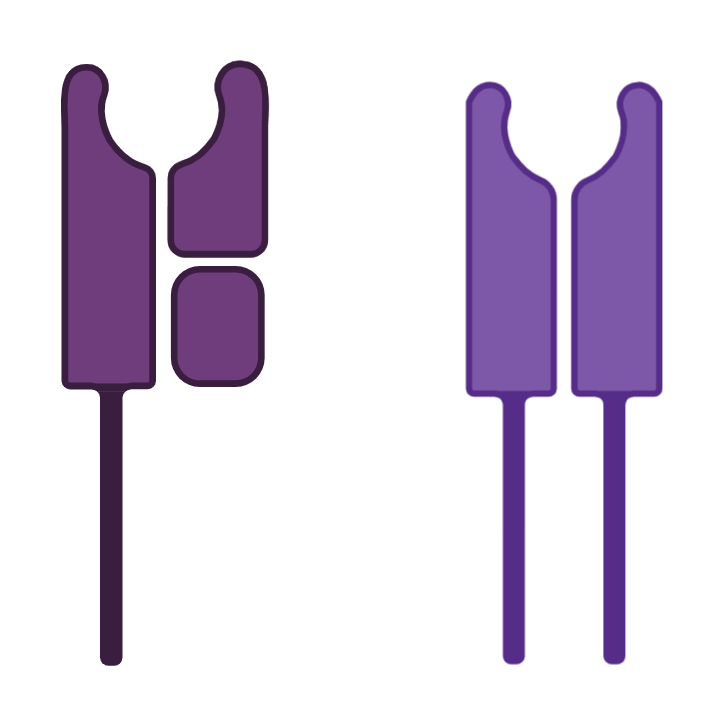
The monocyte differentiates into a macrophage.
Monocytes are a group of heterogeneous cells that migrate into tissues to differentiate into macrophages. They are part of the phagocytic cell family including dendritic cells and polymorphonuclear neutrophils.
Haematopoiesis / cytology

Monocytes
Monocytes represent 5 to 10% of circulating leukocytes. They are large rounded cells whose nucleus most often has a bean-shaped appearance with a notch, a flaky gray cytoplasm with fine granulations and sometimes visible cytoplasmic vacuoles.
Macrophages
Monocytes that pass into tissues are called macrophages. Their cytoplasm grows, and the nucleus becomes eccentric within the cytoplasm which contains more numerous vacuoles. The precise morphology and naming then depend on the tissue where they have penetrated (for example in the bone = osteoclasts, in the central nervous system = microglial cells, in the lungs = alveolar macrophages, etc.).
We can distinguish two types of macrophages:
- Residents: they have functions of regulation, repair, and regeneration of the tissue.
- Inflammatory: they participate in the innate immune response through phagocytosis and antigen presentation.
There are also subcategories of monocytes that are not detailed here.
Functions
Phagocytosis
This is the main function of macrophages. The latter can be facilitated by opsonization, that is to say, the recognition of immunoglobulins or C3b fragments of the complement system fixed on the antigen or on the cell to be phagocytized (in particular foreign cell) by receptors expressed on the surface of the macrophage, respectively the receptors for constant fragments of immunoglobulins and the C3b receptors.
Antigen presentation
Macrophages possess the necessary mechanisms for antigen presentation of endogenous peptides peptides in the same way as all nucleated cells and platelets. They have the particularity – shared with all so-called professional antigen-presenting cells – of also possessing Class II HLA molecules allowing the presentation of exogenous antigens.
Unlike dendritic cells, however, they are not capable of cross-presentation (no cross-presentation).
Cytokine synthesis
Monocytes and macrophages secrete numerous cytokines , particularly pro-inflammatory ones (IL-1, IL-6 and TNF-α).
Homeostatic functions
Macrophages often have a role in the regeneration and renewal of the tissue in which they reside.



